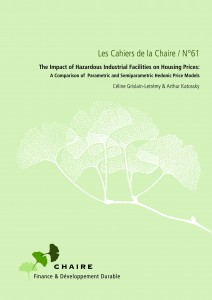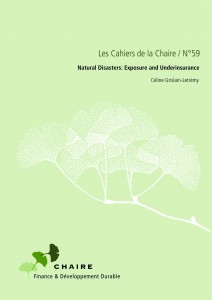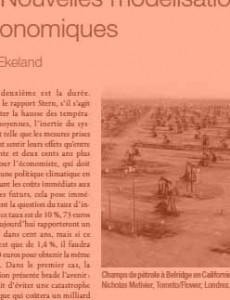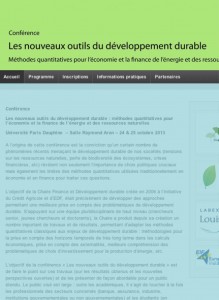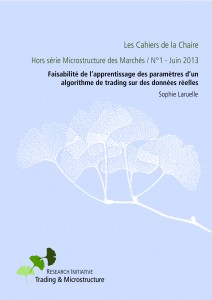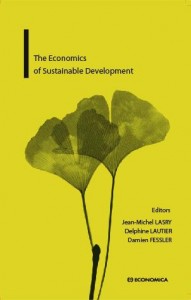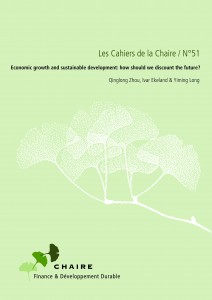 by Delphine Lautier, Franck Raynaud & Michel A. Robe
by Delphine Lautier, Franck Raynaud & Michel A. Robe
We apply the concepts of conditional entropy, information transfers and directed graphs to investigate empirically the propagation of price fluctuations across a futures term structure. We focus on price relationships for North American crude oil futures because this key market experienced several structural changes between 2000 and 2014: financialization (starting in 2003), infrastructure limitations (in 2008-2011) and regulatory changes (in 2012-2014) in addition to big demand and supply shocks in the underlying asset market. We find large variations over time in the amount of information shared by contracts with different maturities. Although on average short-dated contracts (up to 6 months) emit more information than backdated ones, a dynamic analysis reveals that, after 2012, similar amounts of information flow backward and forward along the futures maturity curve. The mutual information share increased substantially starting in 2004 but fell back sharply in 2012-2014. In the crude oil space, our findings point to a puzzling re-segmentation of the futures market by maturity in 2012-2014. More broadly, they have implications for the Samuelson effect and raise questions about the causes of market segmentation.



